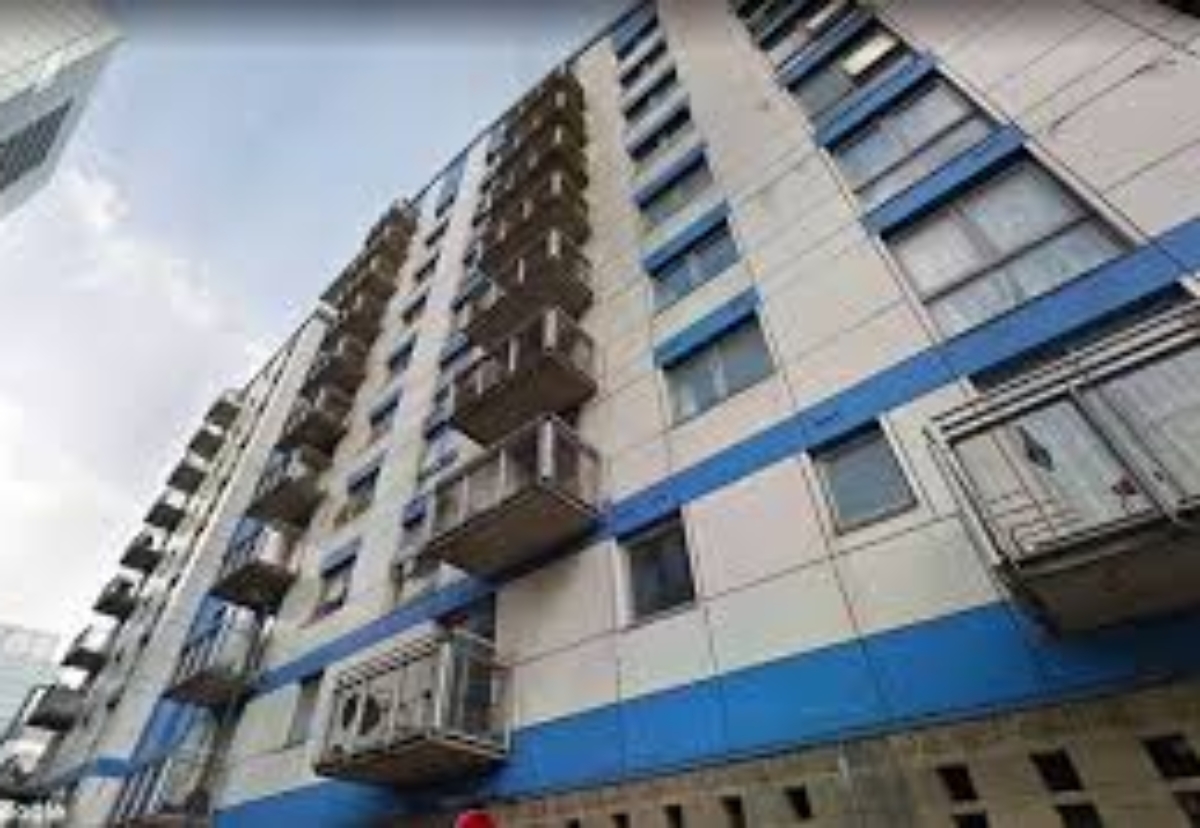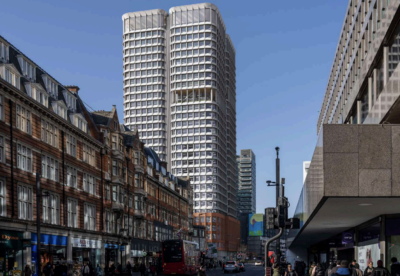The extra costs recognised in latest year-end accounts are in addition to the £412m provided in 2022 and the £184m hit in 2021.
Barratt revealed that during the year, it had identified a further 55 buildings on 20 developments requiring potential fire safety remedial works expected to cost £118m.
In addition to these fire safety issues, remediation activities needed because of poor concrete frame design and construction continued against a backdrop of inflationary build cost pressures continued to rise.
During the second half, Barratt said it finalised remediation plans for the one remaining development from the review initiated after concrete frame problems were uncovered at the Citiscape scheme in Croydon, London.
Extra work has been found to be required across five buildings now expected to cost £52m more than the £35m already provided for.
A further £10m was expensed in the second half of the year in relation to two other developments, where investigations are ongoing.
Despite the ongoing legacy issues and severe headwinds in the wider economy due to high interest rates, Barratt delivered a robust performance helped by cost control measures.
Adjusted pre-tax profit, ignoring legacy building issues, fell 16% to £884m from revenue flat at £5.32bn in the year to June 2023.
Operating margin fell from 20% to 16% as build cost inflation outstripped house price growth.
Momentum in the pipeline of work last year saw building completions slip just 4% to 17,206, although a bigger fall is expected this year.
David Thomas, chief executive of Barratt Developments, said: “During what has been a year of economic and political uncertainty, we have delivered a strong operational and a good financial performance, given the market backdrop.
“Based on current market conditions, we are targeting total home completions of between 13,250 and 14,250 in FY24.”
At year end Barratts forward order book is 36% down at £2,4bn, or 32% down at 9,608 homes on the prior year.
Thomas said that the focus for FY24 would be driving revenue through targeted use of incentives, sales to the private rental and social housing sectors, while continuing to manage build activity and controlling the cost base.
“This will be supported by a highly selective approach to land buying while continuing to lead the industry on sustainability,” he said.


.gif)



































 (300 x 250 px).jpg)






.gif)












